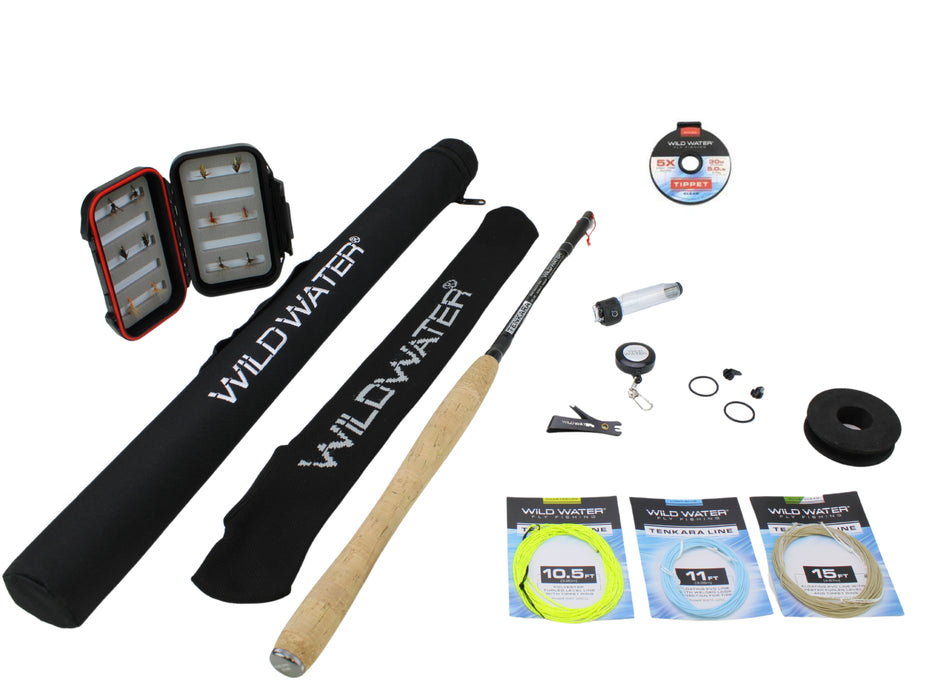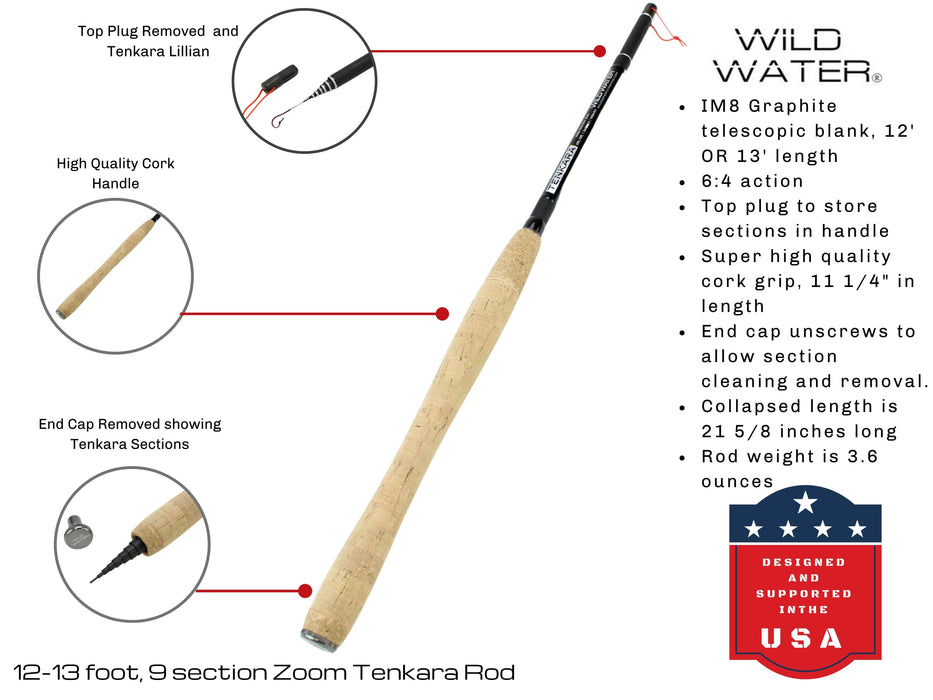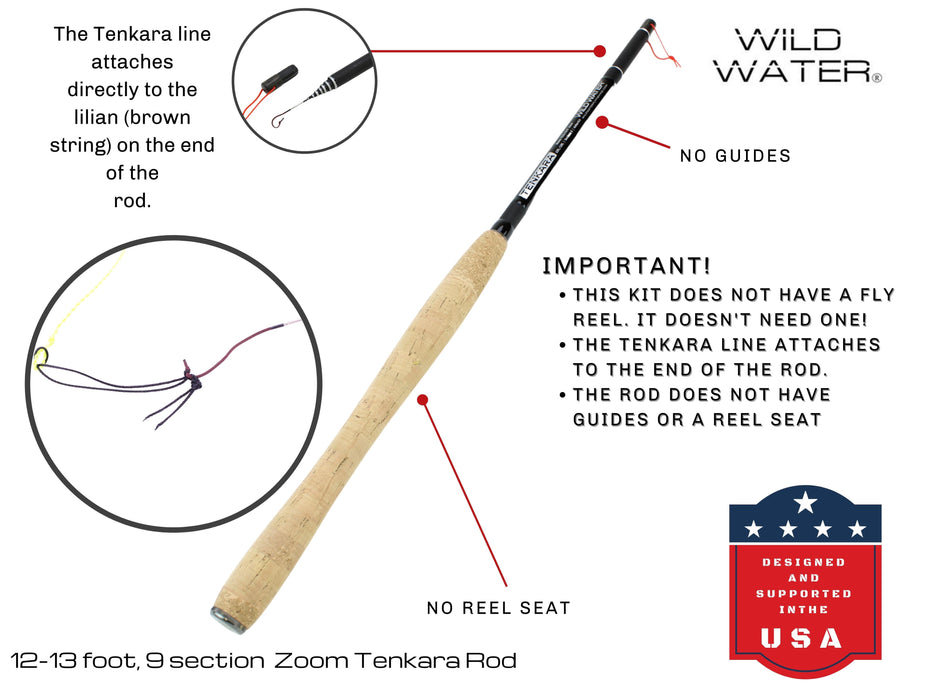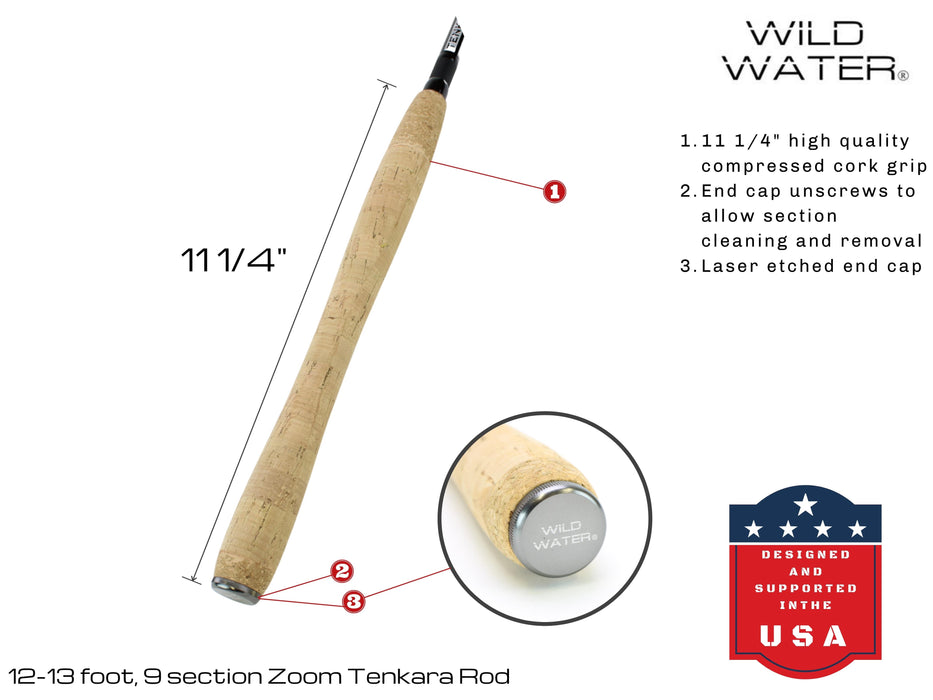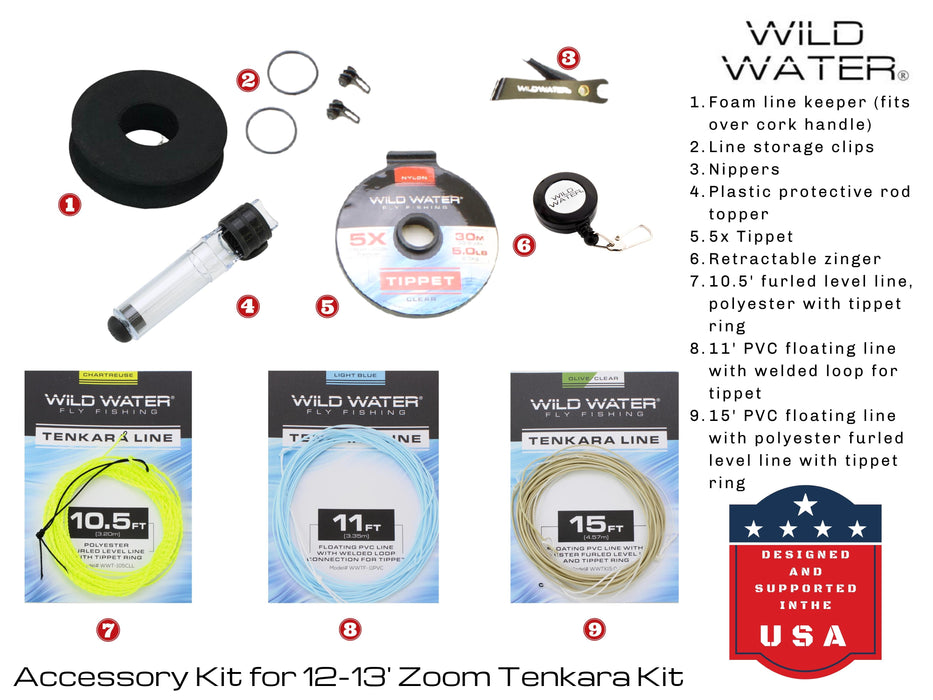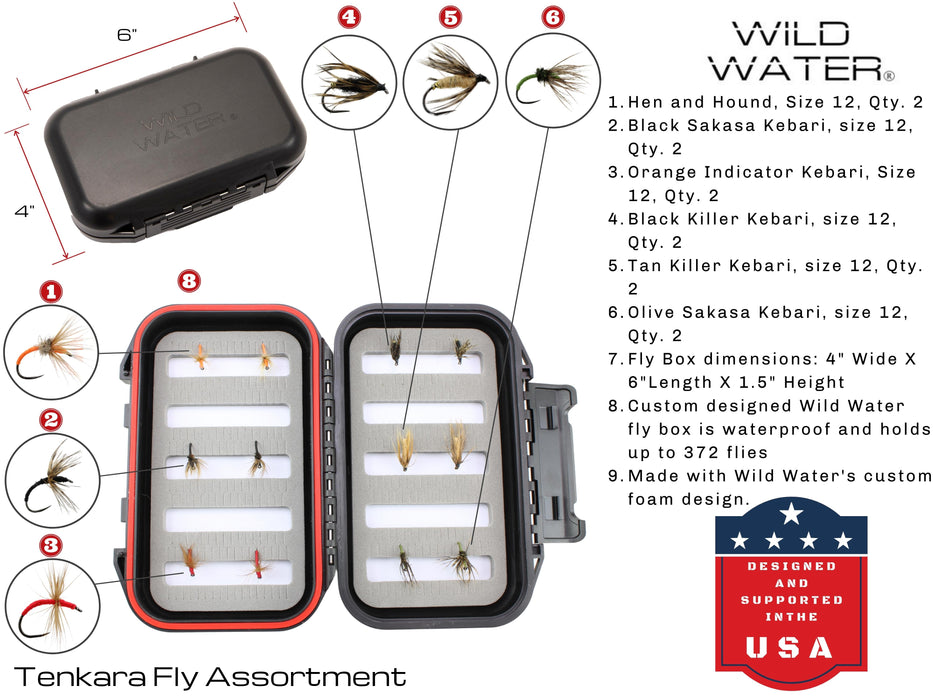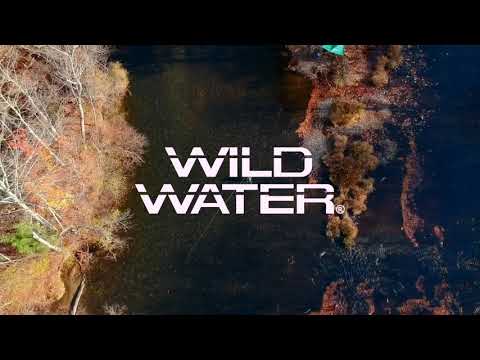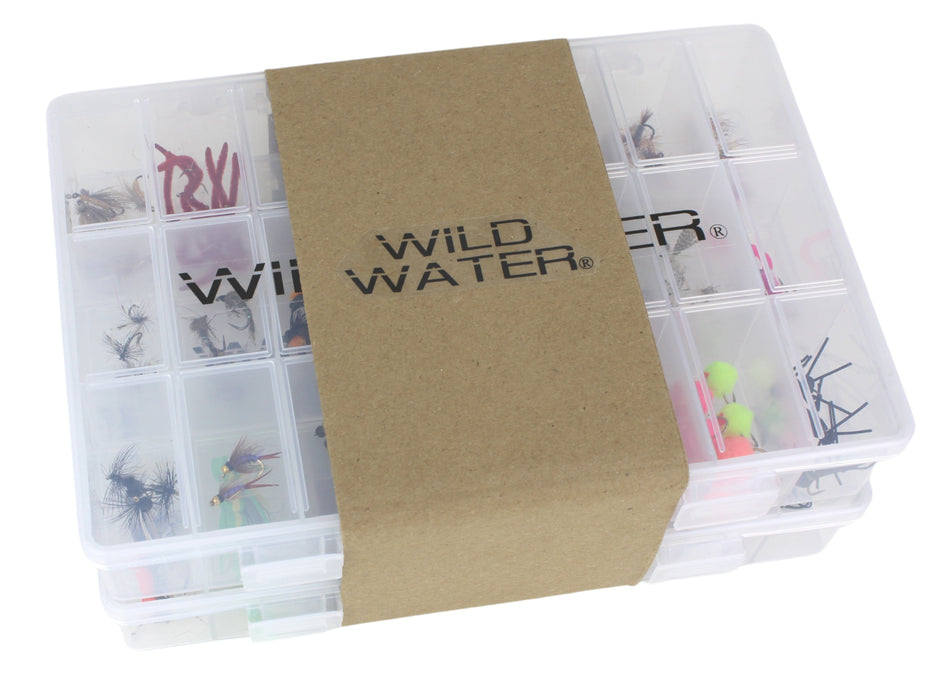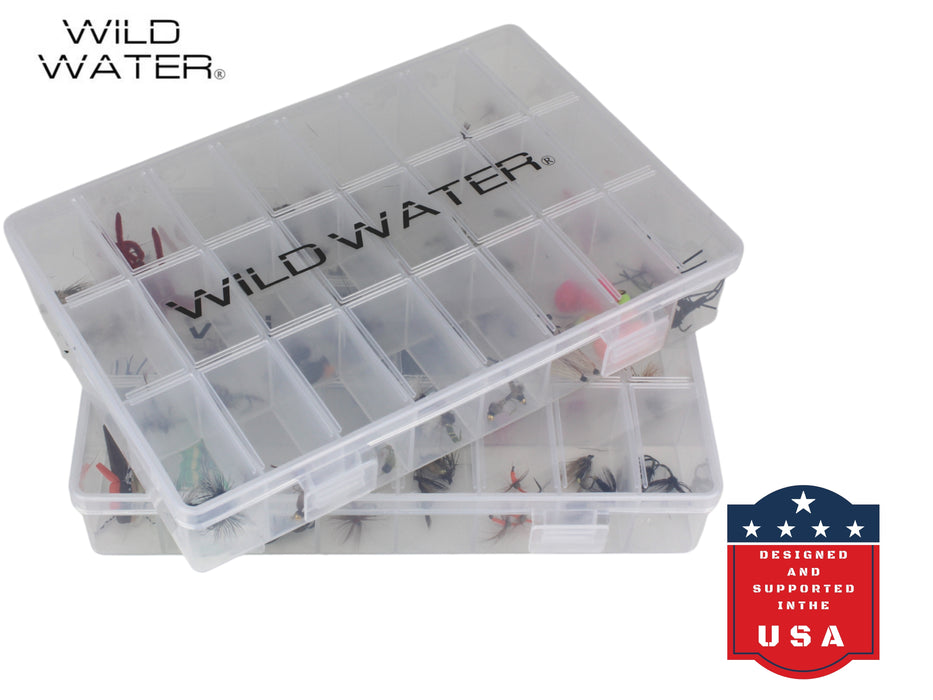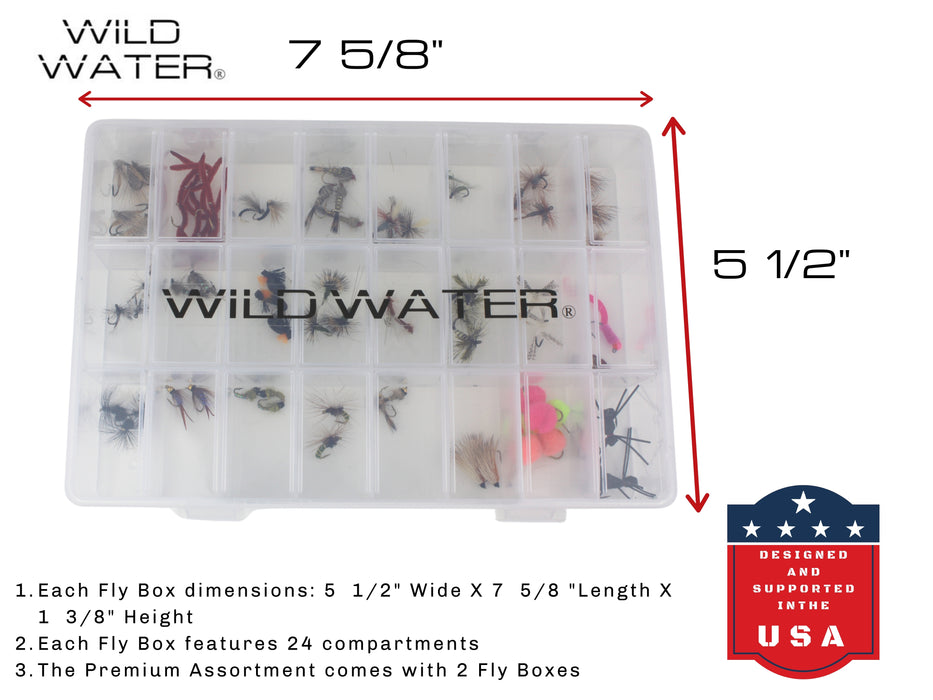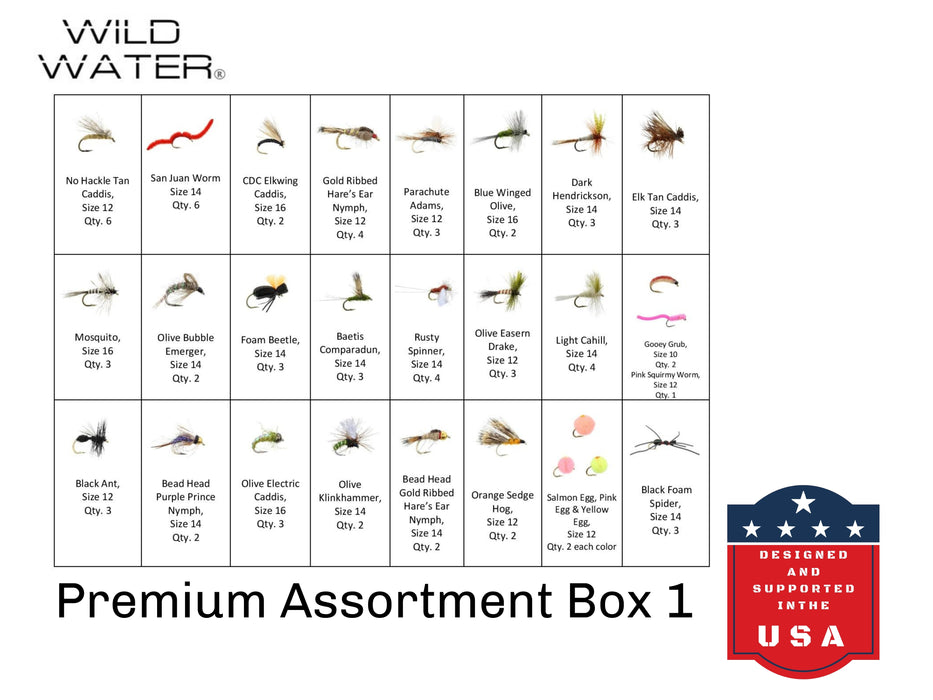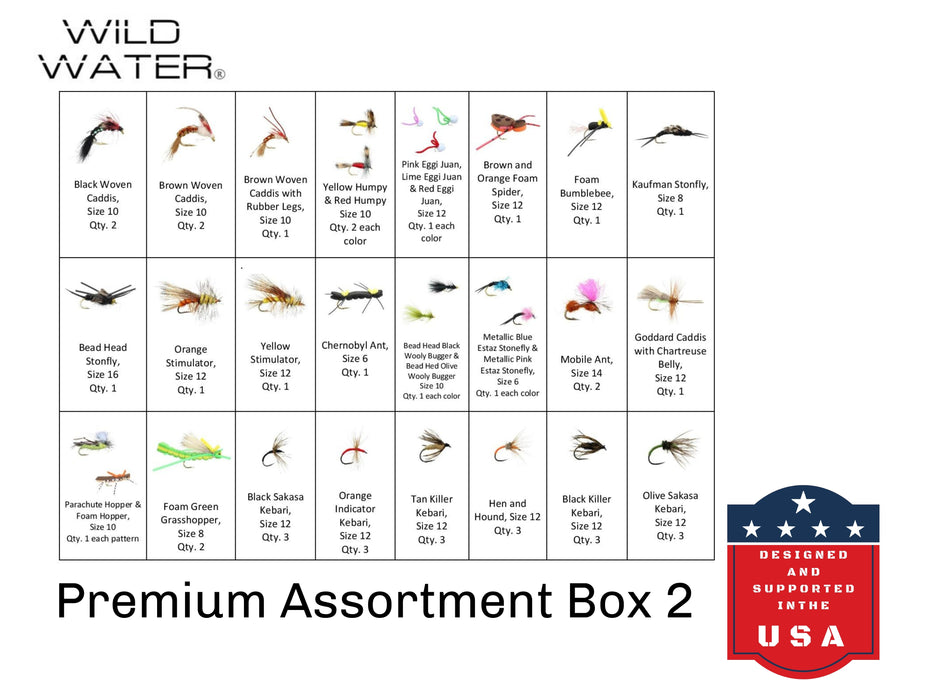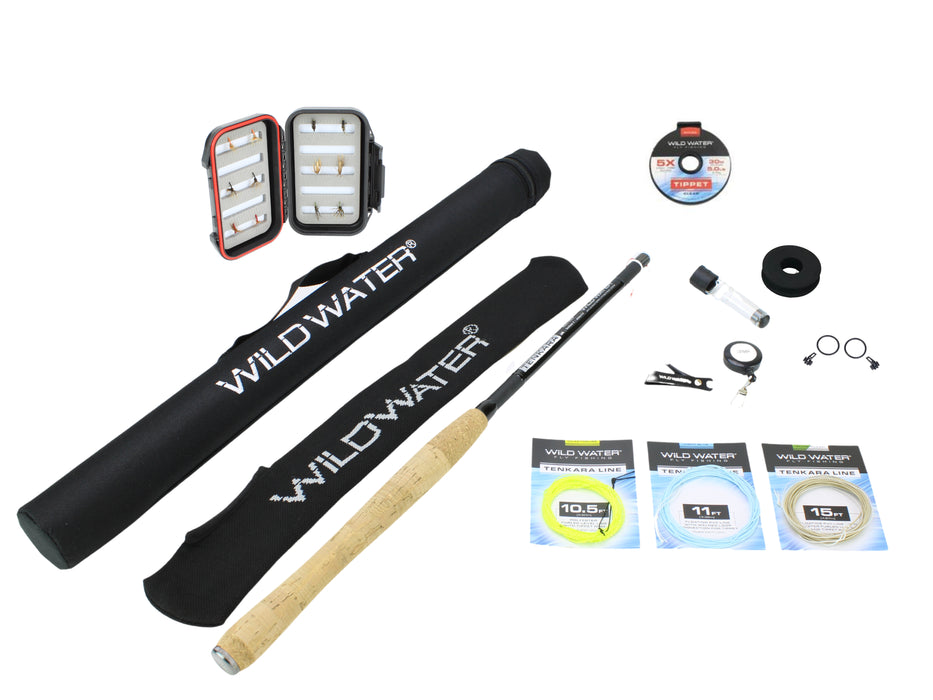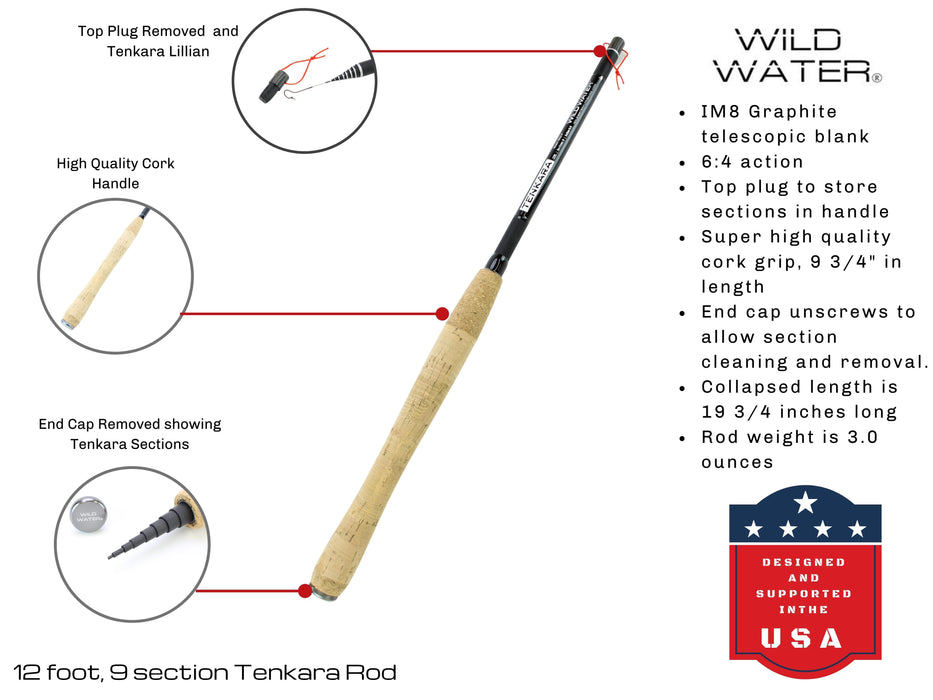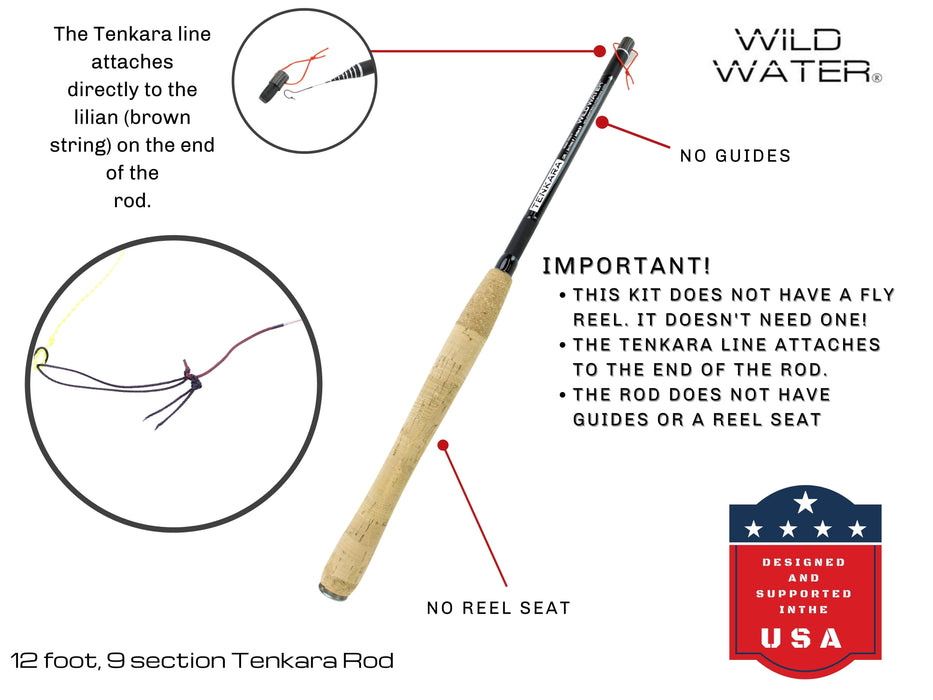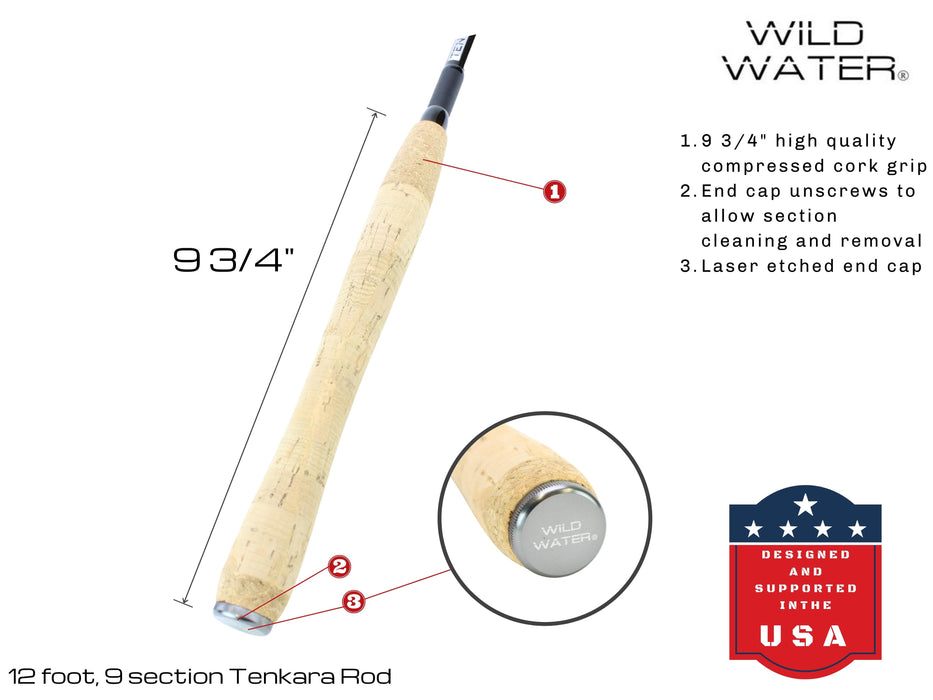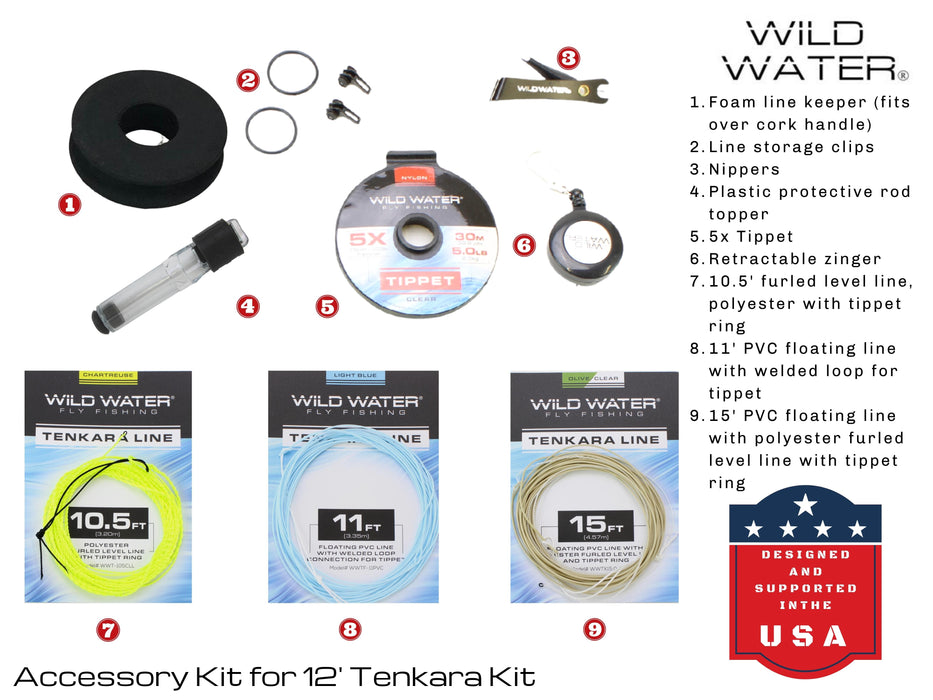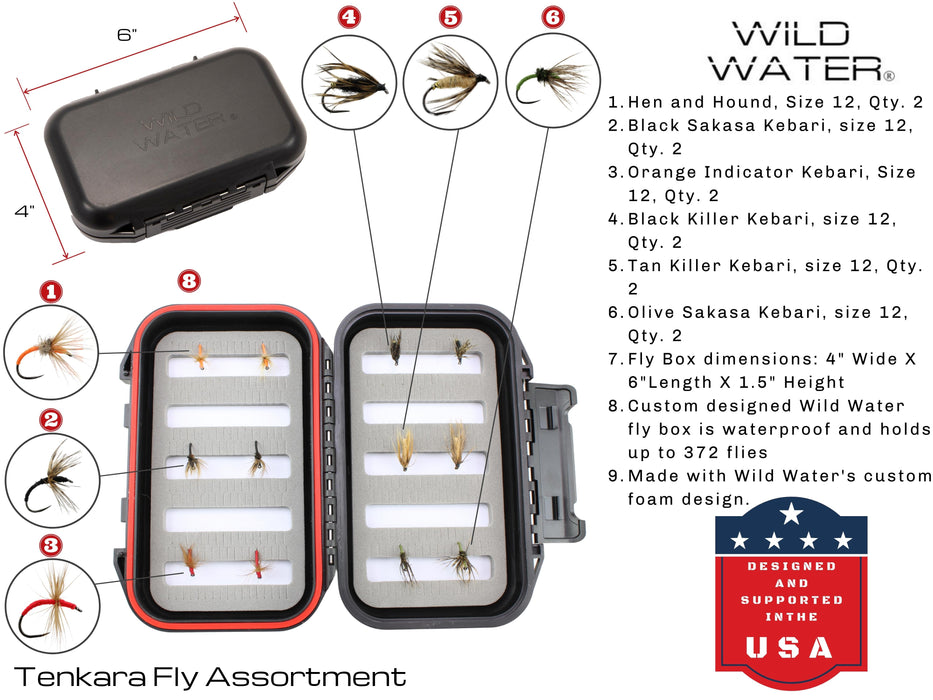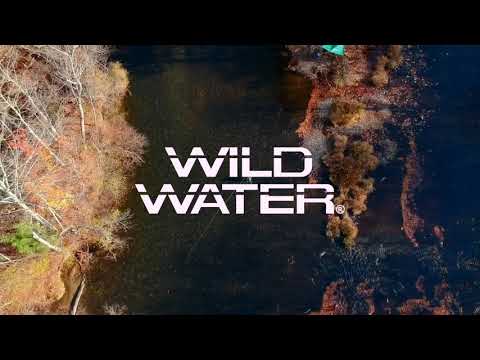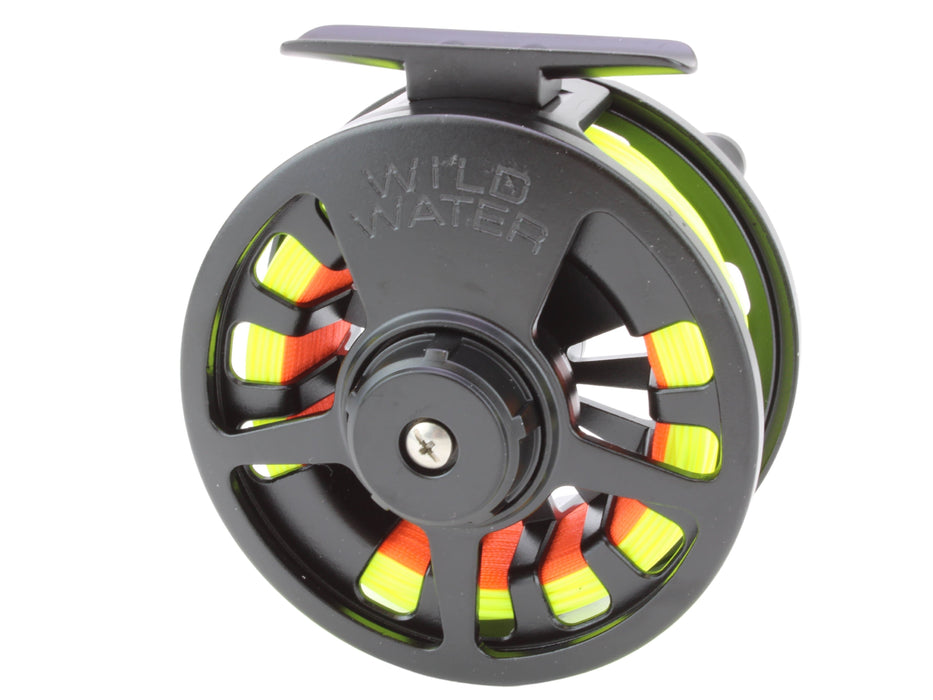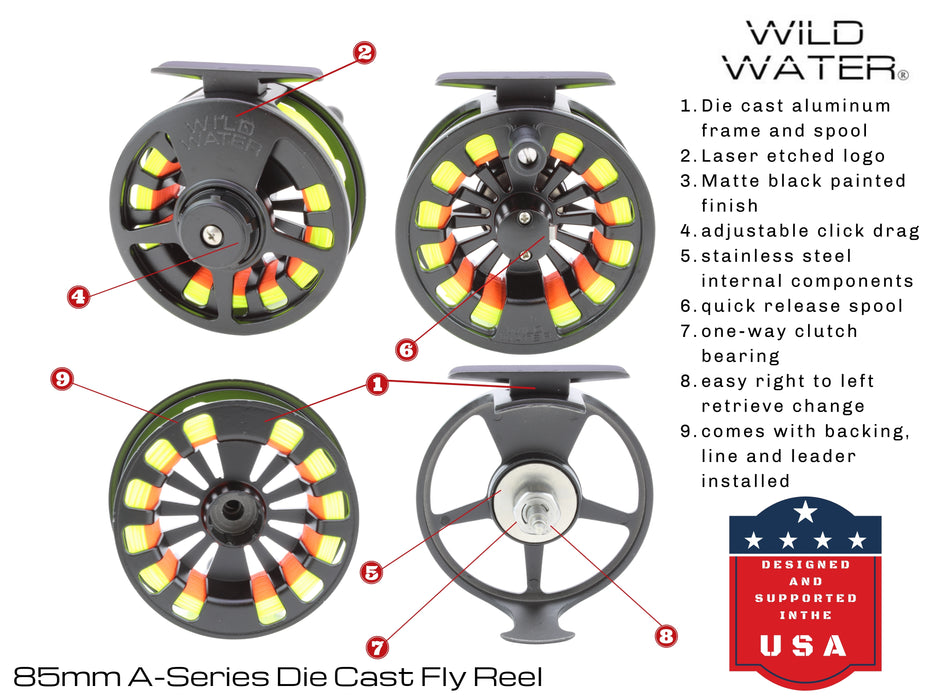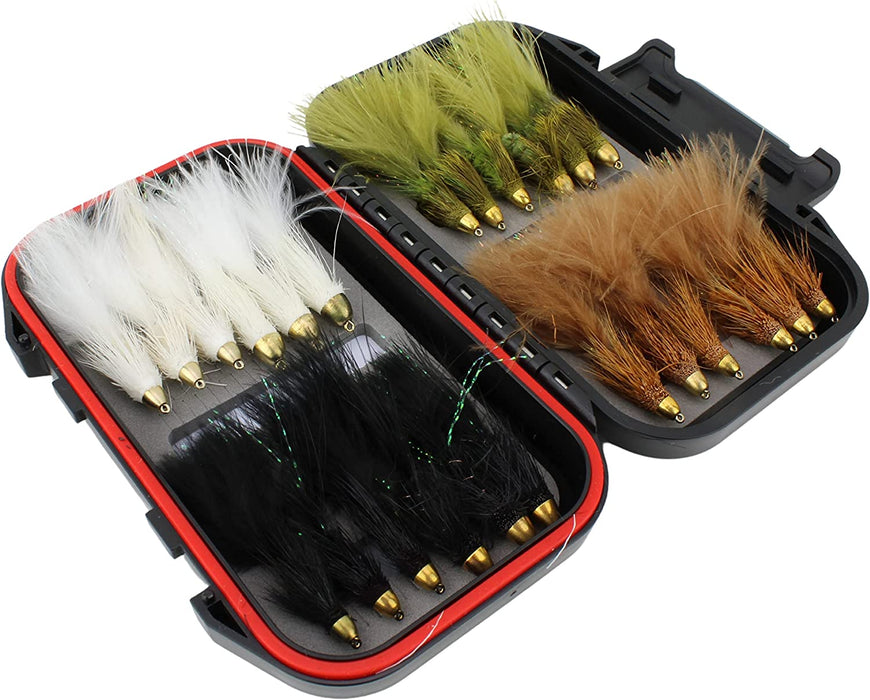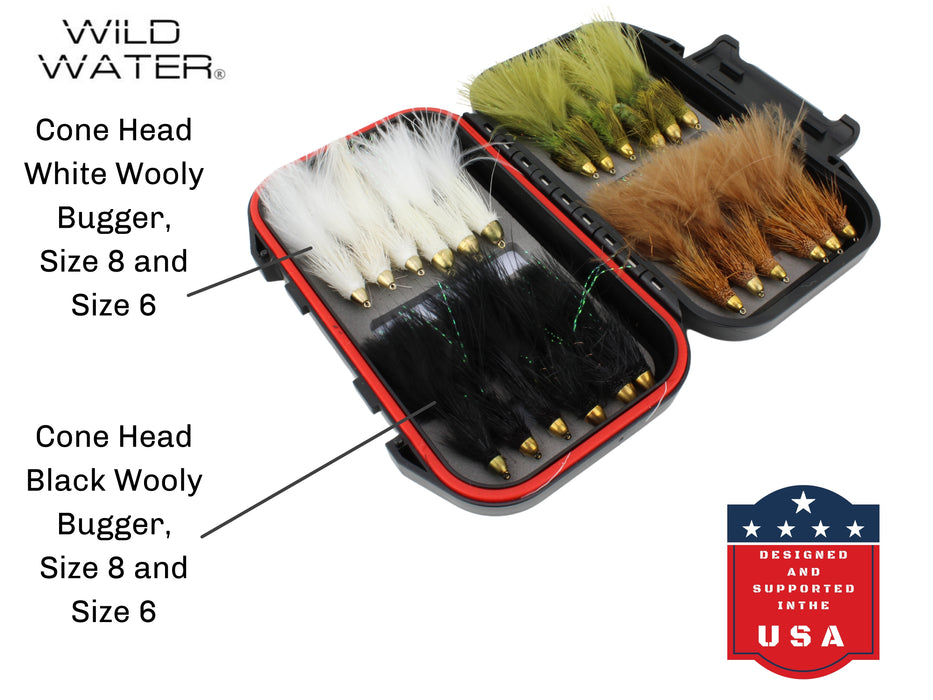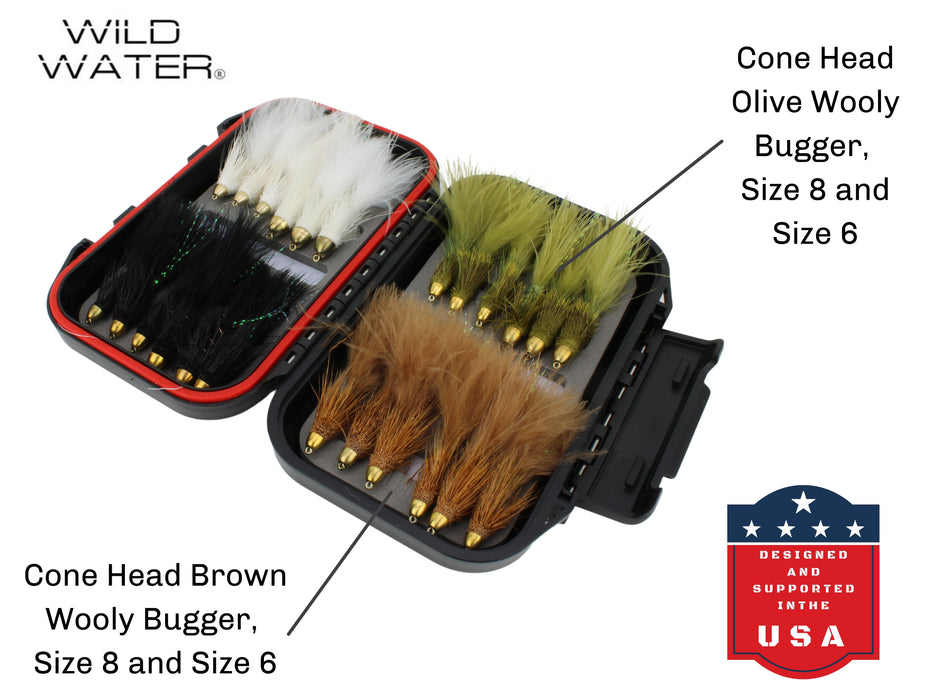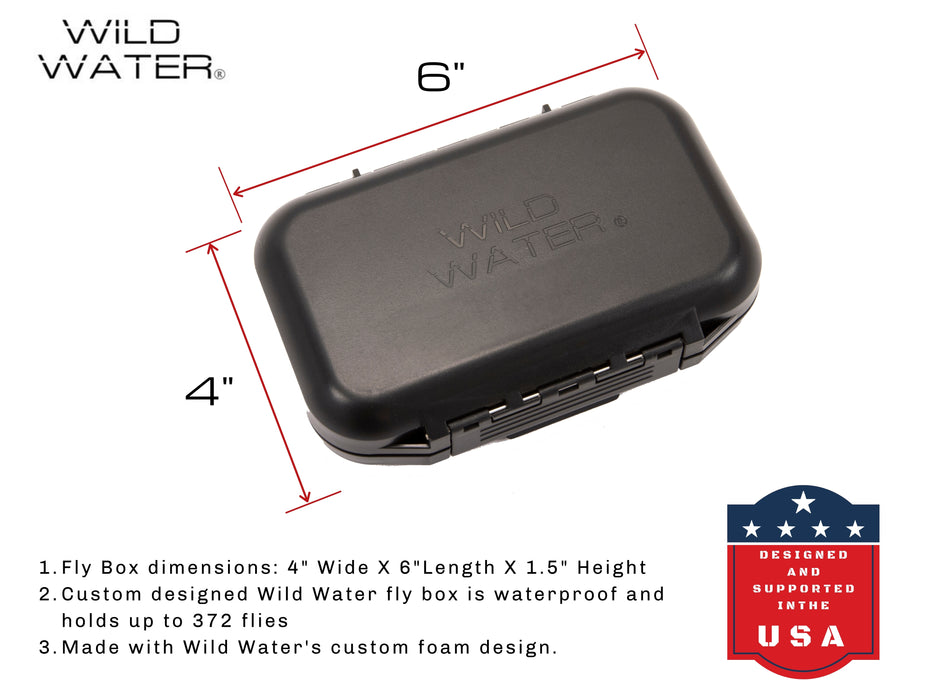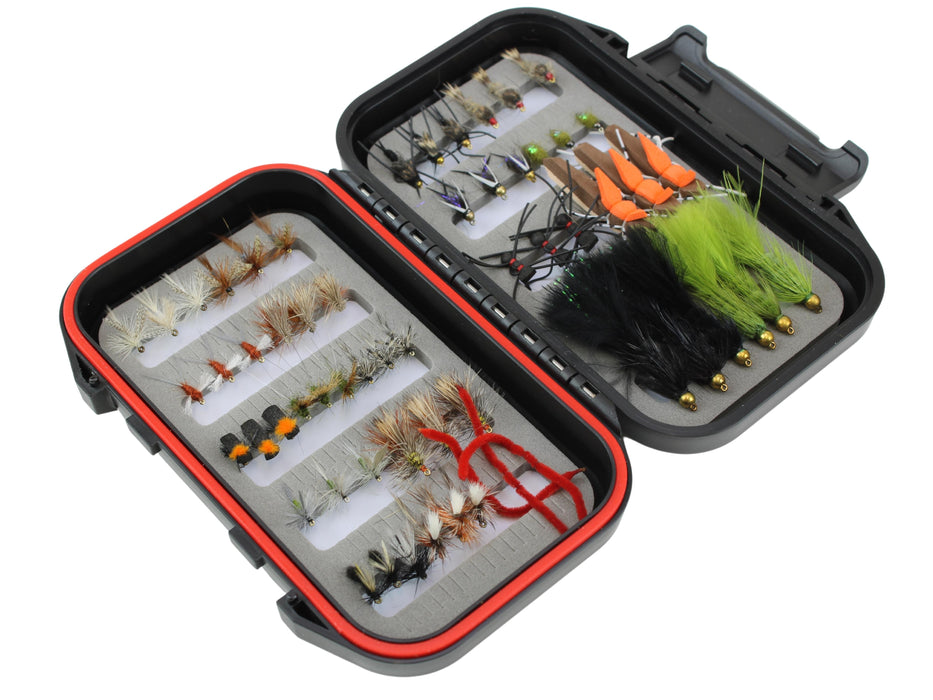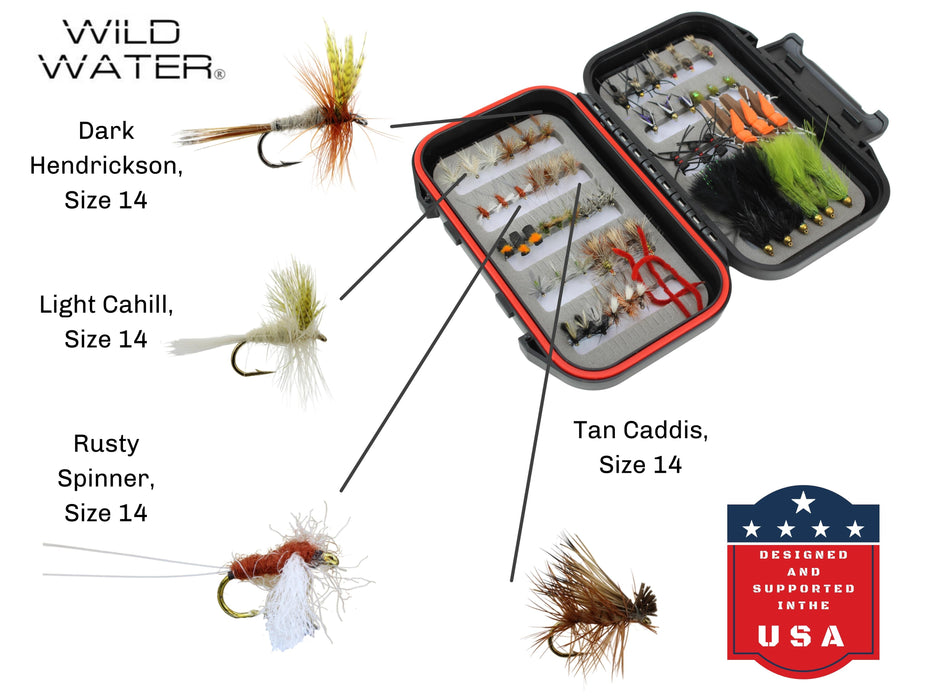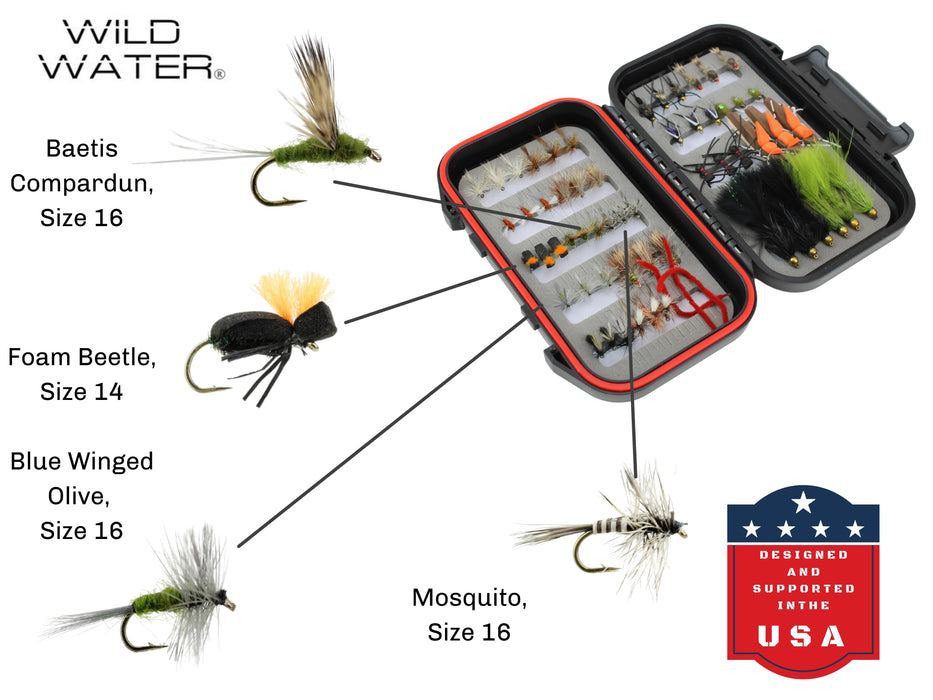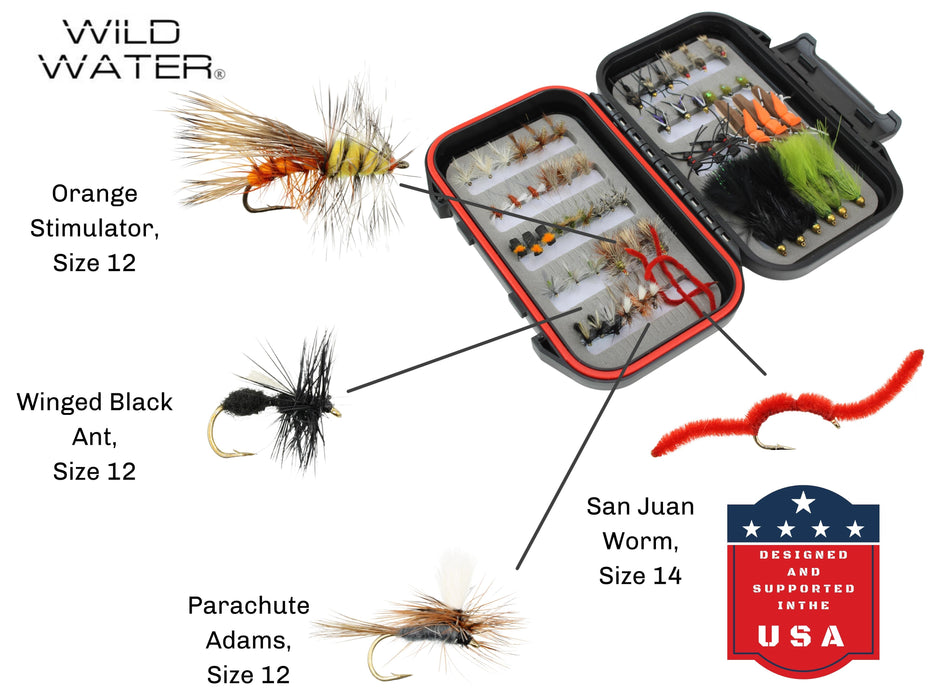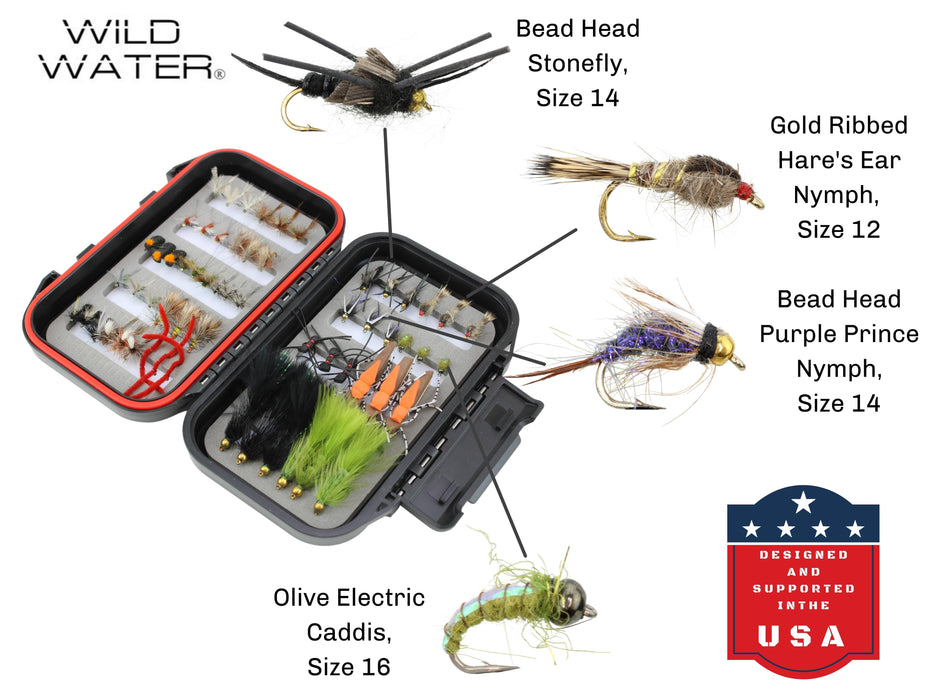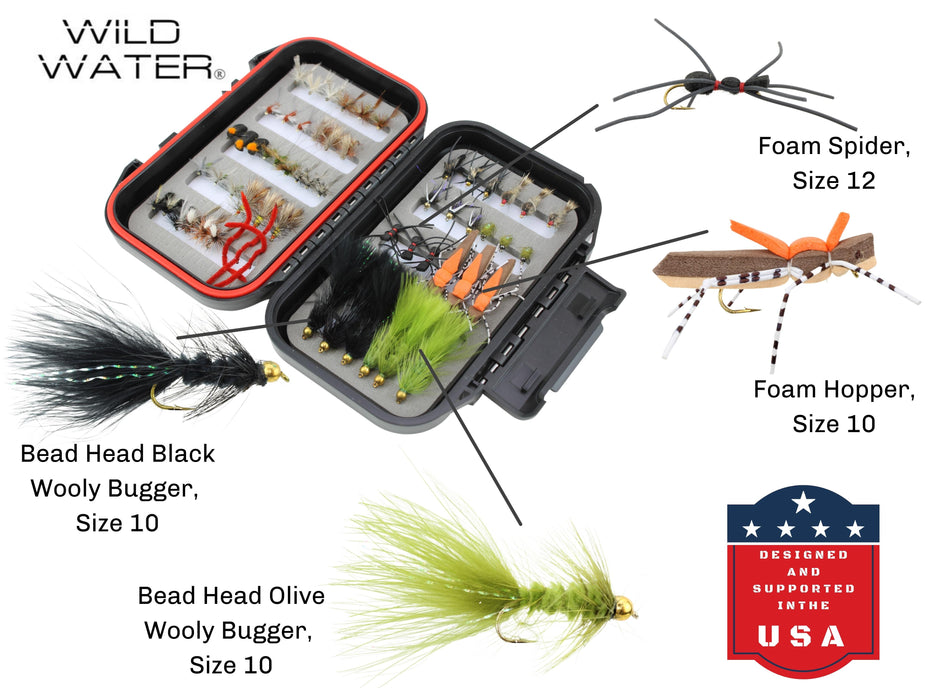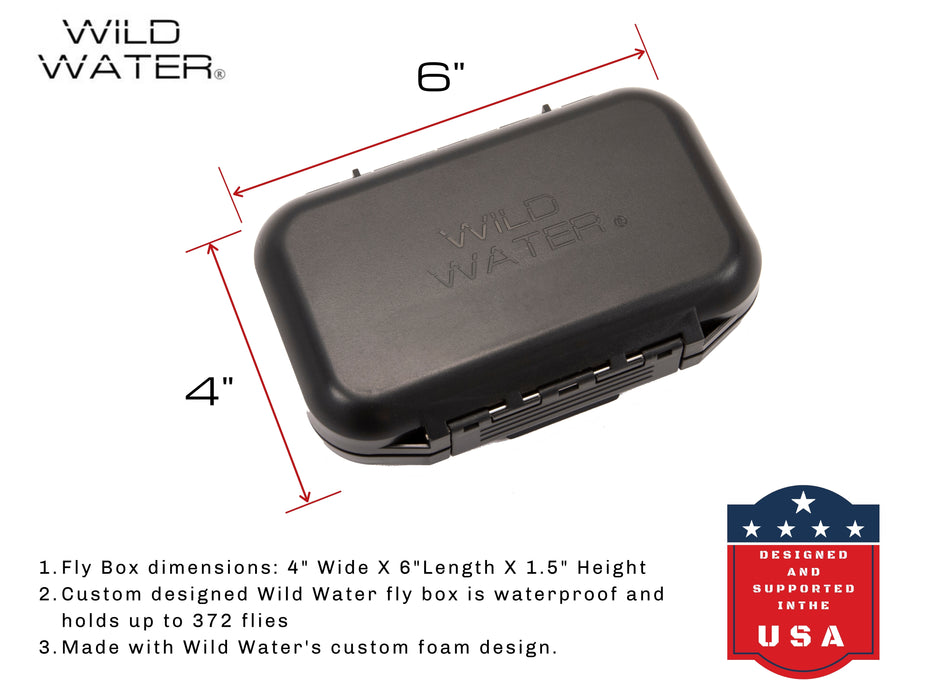Fly Fishing in Oregon - Winter
Winter climate in Oregon can vary based on location. The state is divided by the Cascade mountain range. The western side of the state tends to have warmer temperatures during the winter due to being at lower elevations and closer to the ocean. The ocean moderates temperatures and most places rarely get below freezing or snowfall. The eastern side sits at higher elevations and gets significantly colder. Although it is high desert and gets very little precipitation during the summers, the winters bring rain and snow, and temperatures commonly below freezing. Much of Oregon is volcanic, with a mix of rolling hills formed by lava flow and cone-shaped mountains that were once active volcanoes. The volcanic geology creates underground aquifers that feed most of Oregon’s rivers. Rivers run clear and cold, with flows being more consistent due to being spring-fed. Over time, agriculture has developed on the eastern side of the state and many dams, reservoirs, and canals have been created to support irrigation.
As a guide, the most common request I get from friends is to take them out and teach them fly fishing. On this particular day in early March, a few friends of mine in Bend, OR asked me to take them out to a local spot. I opted to take them to the Crooked River. The Crooked River was once a major spawning ground for Steelhead and Salmon, but overtime fish passage was blocked by the creation of dams and lowering of river levels to support irrigation efforts. Today, the Crooked River holds Redband Trout. Redband Trout are a subspecies of Rainbow Trout that are native to the region. Just an hour outside of Bend lies the Wild & Scenic section of the Crooked River. The Wild & Scenic designation is a federal program that was designed to protect sections of rivers from land development and other riparian zone alteration. The Crooked River Wild & Scenic section begins at a dam below a reservoir and lasts for roughly seven river miles. This section holds a high concentration of Redband Trout that are smaller on average (8-12”) but can offer a great opportunity for beginners and those looking to catch a high number of fish in a day.
Typically, trout fishing in the winter is done by indicator nymphing. Indicators are similar to bobbers but used on fly rods. Anglers will tie weighted flies, or nymphs, underneath the indicator and drift them down the current. The nymphs are imitating bug larvae found below the water surface. During the winter, trout typically sit lower in the water column where the water is warmer. Colder ambient temperatures make the surface water temps colder than at the bottom. Trout are not as active in colder water, as they need to preserve energy to keep themselves warm.
Upon arrival to the river, ambient temperature was around 25 degrees and snow was falling heavy enough that we could not see more than a few hundred feet in front of us. After finishing my beginners casting lesson, I began to walk the riverbank and scout for trout activity. I arrived at a bend in the river where the water speed slowed and couldn’t believe my eyes. Trout were rising to the surface everywhere eating small mayflies that were hatching. I took my hat off and captured one of the mayflies, it was a Blue Wing Olive.
Blue Wing Olives are a smaller mayfly, typically found in sizes 16-20. They are a common hatch in many rivers across the country in the spring and fall. Seeing this hatch in the middle of a snowstorm in March was the last thing I expected, but luckily as a guide, I typically bring all of my fly boxes with me on any outing. I ran to my friends, brought them up to the spot, and tied a #18 Blue Wing Olive dry fly on each of their lines.
Luckily, the Crooked River is a smaller stream, around 50 ft wide, that runs at around 200 cubic feet per second. We were able to cast from the bank and reach the fish without having to take a step into the water. At this point, there were so many Blue Wing Olives hatching that the fish had gone dumb in a feeding frenzy. I instructed my friends to just look for a rising fish and cast 5 feet upstream of the rise, in order to give the fish time to see the fly coming. As soon as their flies hit the water, the fish would grab them. They were like kids at an amusement park, having the time of their lives. Although I wasn’t technically on a paid guide trip, moments like these are why I became a guide and continue to love my profession.
One of the takeaways from this is to never count out anything. You can study entomology, guide books, talk to local fly shops, and get all the preparatory information ahead of time, but there is never one set way to catch fish. The reason why we all love fishing is that it is unpredictable. If we had it all figured out, we probably wouldn’t love it!

